Are you planning a fishing trip somewhere far or where you can’t drive to, and do you want to know how you can fly there with a Yeti cooler? You’ve come to the right place, for we have researched this question, and we have the answer for you.
Pick a soft Yeti cooler that is big enough for your purpose. Most soft Yeti coolers can be brought on flights as a carry-on bag.
Let’s talk more about bringing a cooler on a flight in the succeeding sections.
Read on!
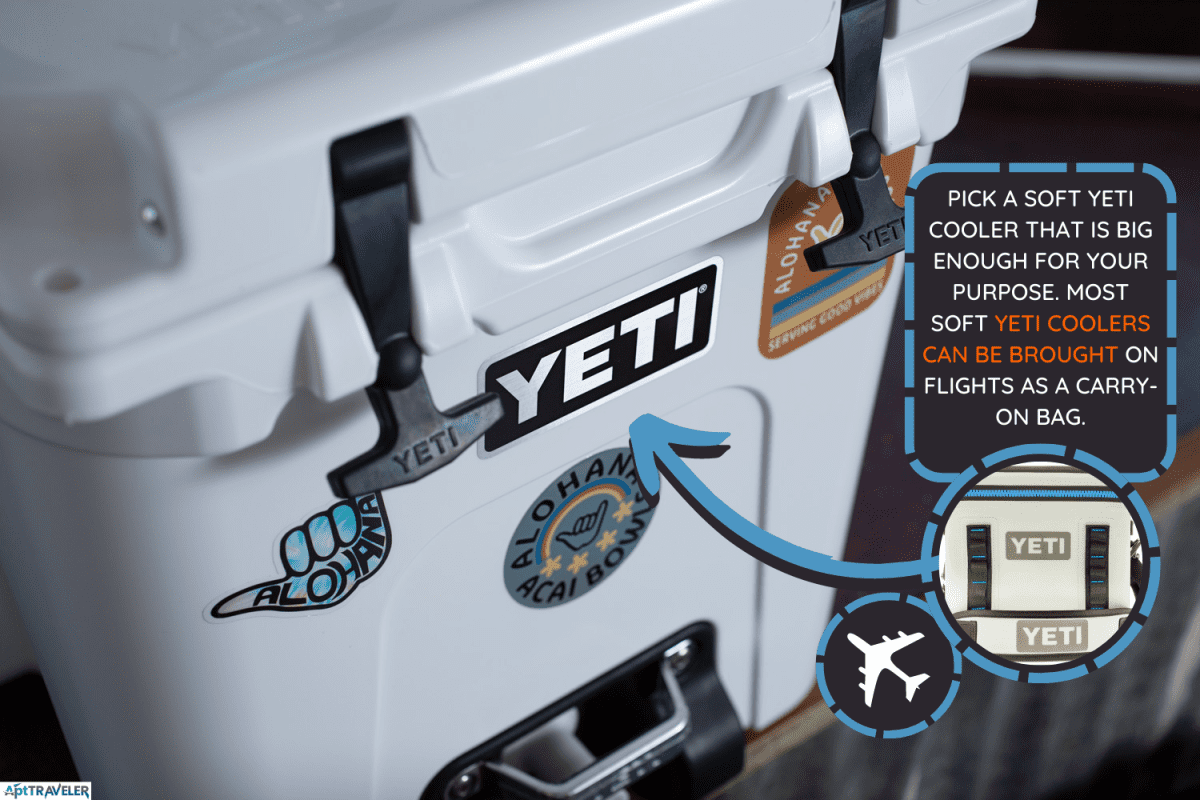
What is a cooler?
A cooler can be made of rigid materials or non-rigid materials. They are insulated containers that maintain the temperature of their contents. Although keeping items cold is the most common application of coolers, hence the name.
The most common use for coolers is to keep drinks cold during trips or during a picnic. You can also use coolers to transport cold groceries during really hot summers. Biologists use heavy-duty coolers to transport samples from the site to their laboratories.
How do coolers work?
Coolers are usually made of a single piece of plastic that is hollow. Foam insulation occupies the hollow area. A thick rubber surrounds the lid to create a seal of insulation once you close the cooler.
A cooler normally have ice inside. Ideally, this ice is not the type that is made from water. Ice from a special gel compound keeps coolers cold longer, and it doesn’t spill its contents inside when it melts.
What is heat transfer by convection?
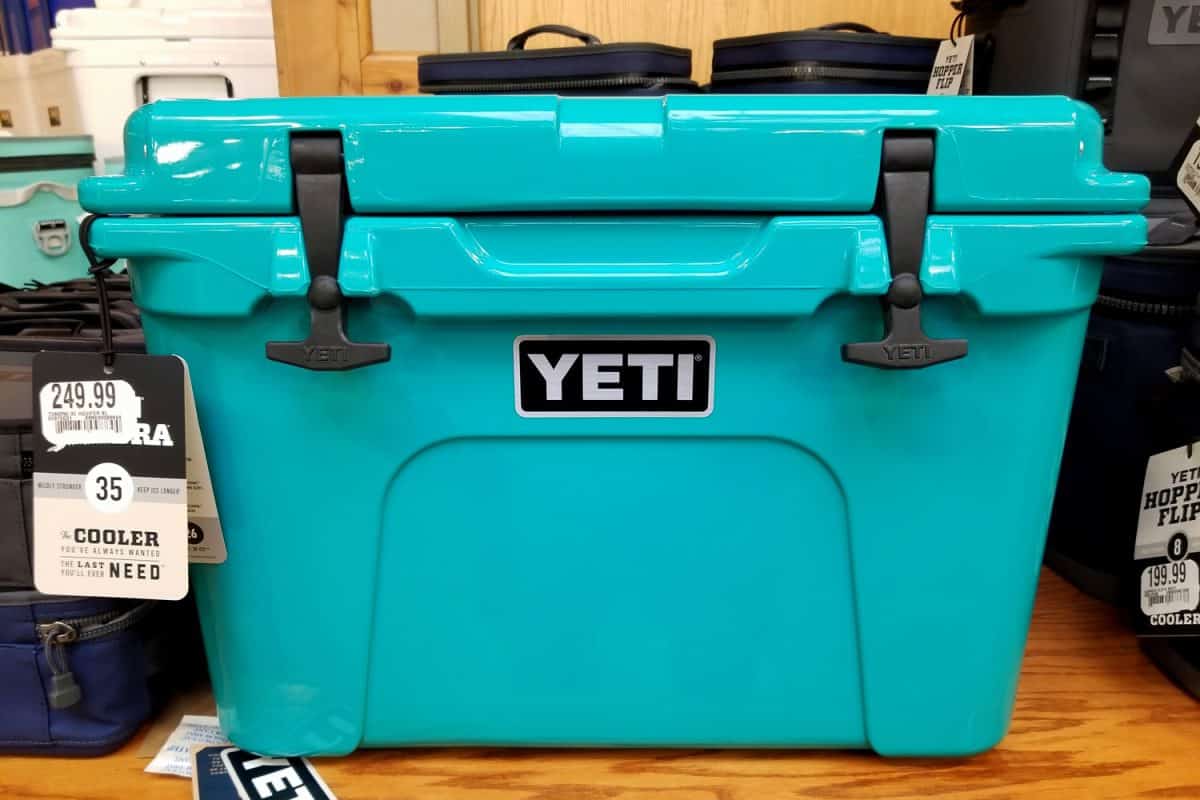
The process of convection is one of the reasons coolers lose cold.
Convection is the transfer of heat due to the movement of molecules in liquids and gases.
Warm air will naturally move to a colder area. Warm air outside the cooler will naturally move inside the cooler and transfer its heat to the contents of the cooler.
The rubber layer around the lid of the cooler creates a seat that prevents heat transfer through convection. However, each time you open your cooler, warm air will get into the cooler, and your cooler will lose some of its cold.
Thus, if you want to maintain the cold temperature inside your cooler, you need to limit opening the lid.
What is heat transfer by conduction?
Another reason why coolers lose cold is because of conduction.
If convection removes the cold through the movement of air molecules, conduction is the movement of heat through a medium. Conduction usually happens through solid mediums like the shell of a cooler.
Conduction is the movement of heat from one location to another by moving through connected objects.
When you heat a kettle, its cover and handle also heat up because of conduction. The heat from the fire under the kettle travels through the kettle and moves to anything that touches the surface like your hand.
A cooler prevents heat transfer by conduction by using an insulating material for its shell. The plastic shell of a cooler is an insulator, and it curbs the movement of heat. The insulating foam core of coolers further retards the movement of heat through the walls of the cooler.
How to fly with a Yeti cooler?

Traveling with a Yeti cooler is a great idea if you’re planning to bring home food or perishable goods from your trips, like meat or fish. Flying with a Yeti cooler needs careful planning, or you could end up with costly fares.
Here are some tips to help you plan for your trip with your Yeti cooler.
Consider Weights
It is important to plan the weight of your Yeti cooler on your way to your trip and on your way back to avoid hefty fees. There are a couple of weights that you need to consider in planning this.
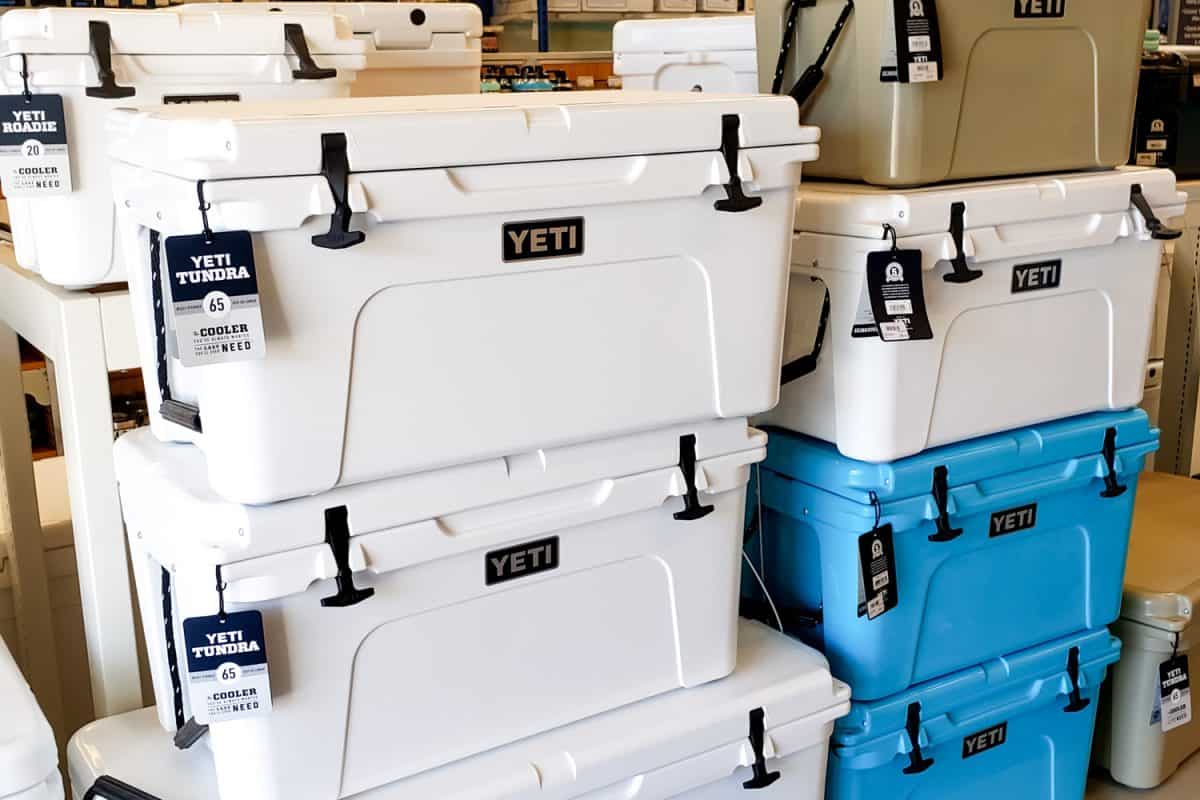
Weight For Return Trip
The first thing you should consider is the weight for the return trip. Make an estimate of how much weight you’re expecting to bring back. Next, check with your local airline regarding their weight limits for both checked baggage and carry-ons.
If you’re not expecting to bring back a lot, you can opt for a smaller cooler that you can bring with you as a carry-on. This will save you from checked baggage fees. You can even go for a Yeti soft shell cooler that looks and feels like a regular backpack.
Add the weight of the cooler to your weight estimate. One of the smallest rigid body Yeti coolers weighs only 12.8 pounds when empty. Soft-shell coolers weigh only 7.9 pounds when empty.
There are also wheeled coolers that are easier to carry around—just pull them like a regular suitcase. However, they can weigh more than 25 pounds even when empty.
If you have a lot to bring back, compute what you’d pay for one large cooler that is overweight. Next, compare it with what you would pay for two small (possibly soft shell) coolers that are within weight limits.


YETI Hopper Soft-Sided Backpack Cooler is available on Amazon through this link.
Consider Weight Of Ice Packs
Your cooler wouldn’t be effective without something to keep your cargo cold.
Ice packs for coolers are usually bags that contain liquid that you can freeze before your trip. Once frozen, place it inside your cooler to keep contents cold.
Consider the weight of your ice pack when planning for the trip.


Fit & Fresh Slim Ice Pack is available on Amazon through this link.
Plan For The Sizes
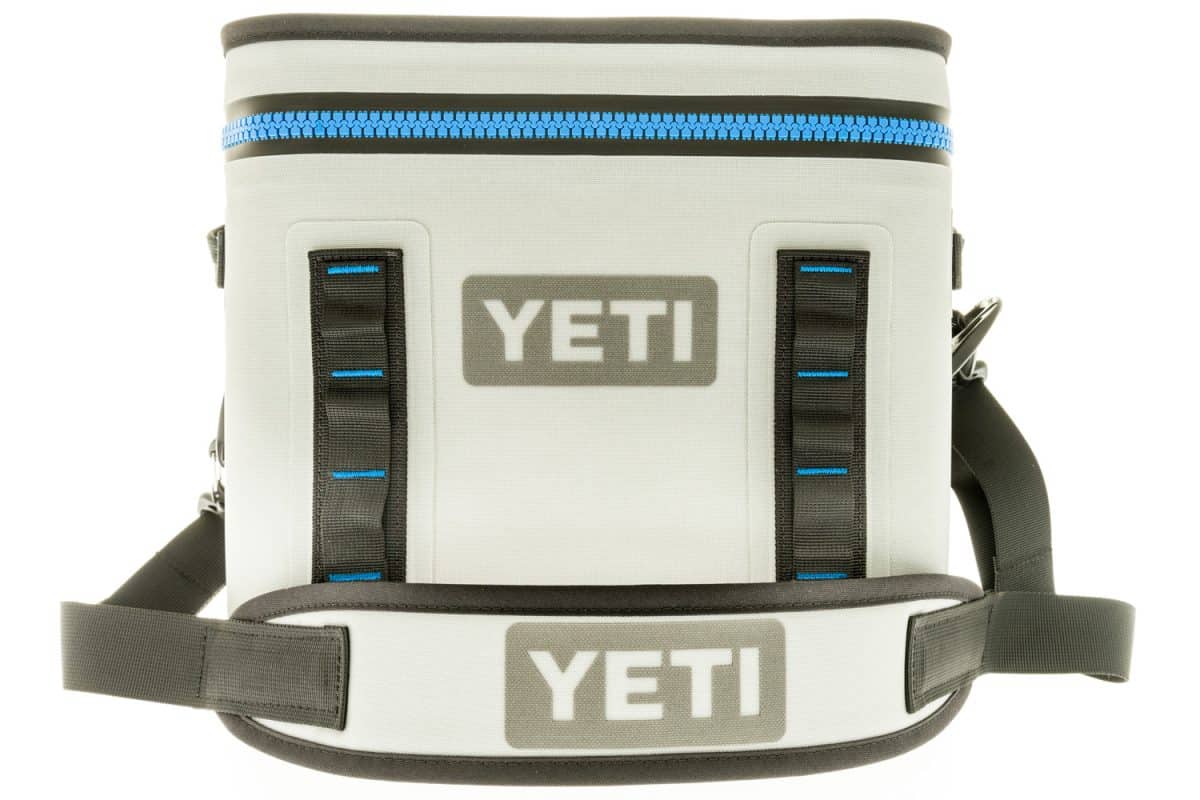
Checking the size limits of your airline before planning is a good idea.
Going for a smaller cooler might allow you to bring it in as a carry-on. Bigger coolers might be too big even for checked luggage. Moreover, consider that a cooler with wheels will lose some of its internal space to the wheels.
Additionally, the size of what you’d be bringing home will also play a role in the cooler that you need to use. The item may be light, but if it wouldn’t fit in your Yeti cooler, then you wouldn’t be able to bring it home with you.


YETI Roadie 24 Cooler is available on Amazon through this link.
Bring Extra Bags
You can pack everything you need—clothes and items—inside the cooler when traveling to your destination. When it’s time to travel back, you will need a bag to place all your clothes because you’d be filling your cooler with something else.
An extra bag that can carry all the items that you do not need to place inside the cooler on the trip back is ideal.
Planning what to bring is important so that you don’t end up carrying a bag that is too small or too big for the trip. If you’re using a backpack cooler, bring along a duffel bag for your clothes.
How to pack a Yeti cooler?
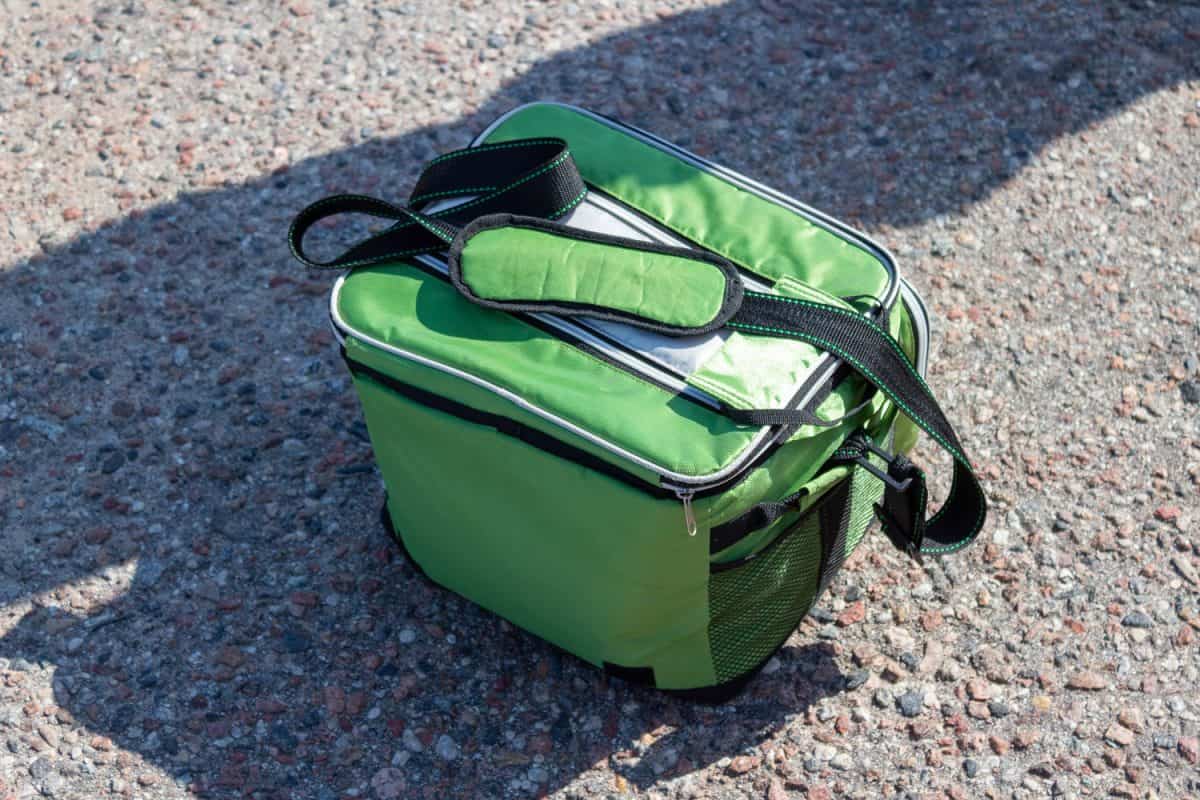
Once you’re done with your vacation and ready to head back home, you need to pack your Yeti cooler. Here are some tips and tricks you could use.
Start With A Chill
Your Yeti cooler and all the items that you’re going to put inside should be cold.
Keep in mind that the insulation of your Yeti cooler prevents the movement of heat. Thus, if your Yeti is warm, it will stay warm and your ice packs will waste their coldness on your cooler. The same is true for the items that you’re going to put inside.
Maintain Ice Ratio
Use two parts ice and one part cargo. Maintaining this ratio will make sure that your Yeti will stay cold during the trip back.
Get rid of empty space inside your cooler and fill it with ice, even if you bring more ice than what you need. Remember that air pockets inside your cooler will waste the cold.
Insulation Pad
Limit the number of times that you access the contents of the cooler. Remember our discussion about convection above?
Add an insulation pad or a newspaper layer on top of your Yeti to limit exposure to air when you do need to open your cooler.
Sealing Your Cooler
When you’re ready to bring your Yeti cooler to the airport, make sure that you secure the cover so that it will not accidentally open during the flight or along the way.
TSI padlocks don’t always do a fine job of securing your cooler unless the size is tailor-made for the padlock ports of your cooler.
Larger Yeti coolers have two corner padlock ports. Use bolts with washers and wingnuts to securely close the lid of your Yeti. The wingnuts will make it easier for TSA to inspect.
Use rustproof bolts and nuts.
If your Yeti cooler doesn’t have padlock ports, use elastic bands to secure it.
Conclusion
Flying with a Yeti cooler can be as simple as bringing along regular luggage with planning.
If you enjoyed reading this article, you might find the articles below equally enjoyable to read:



